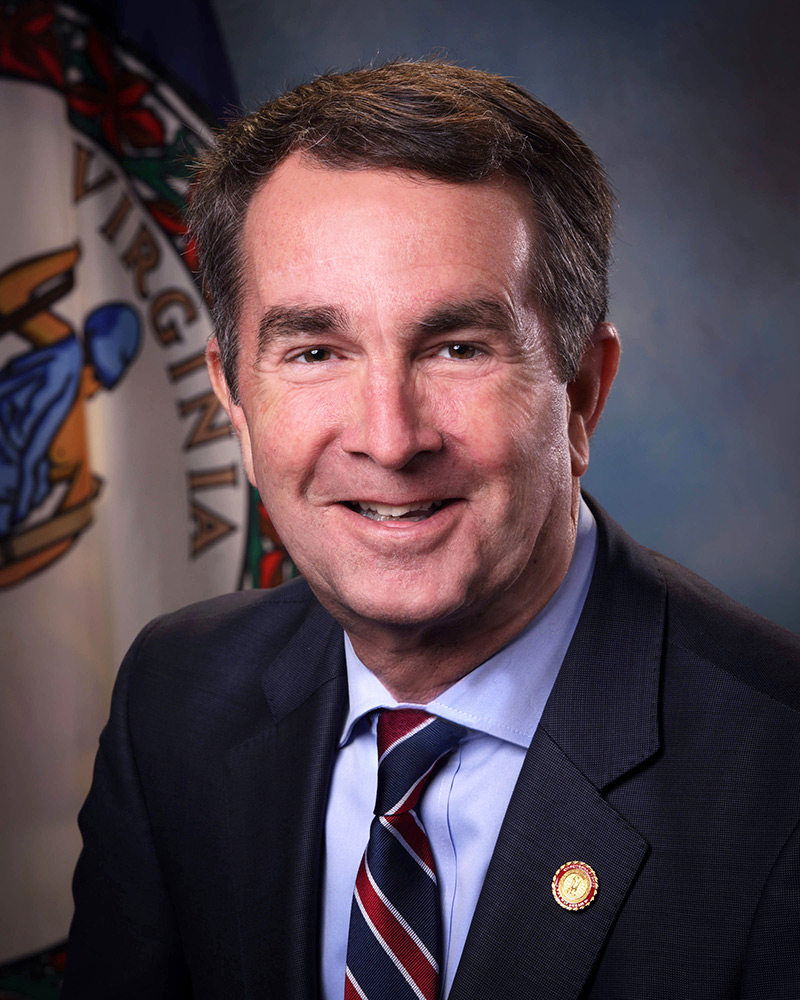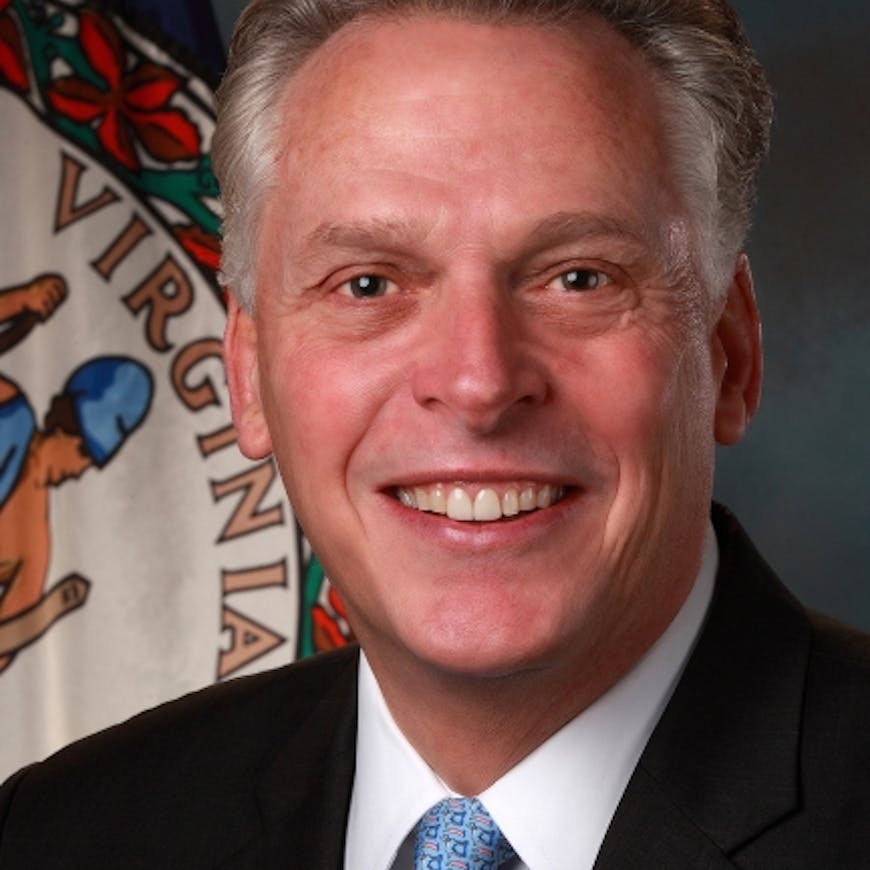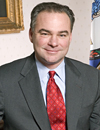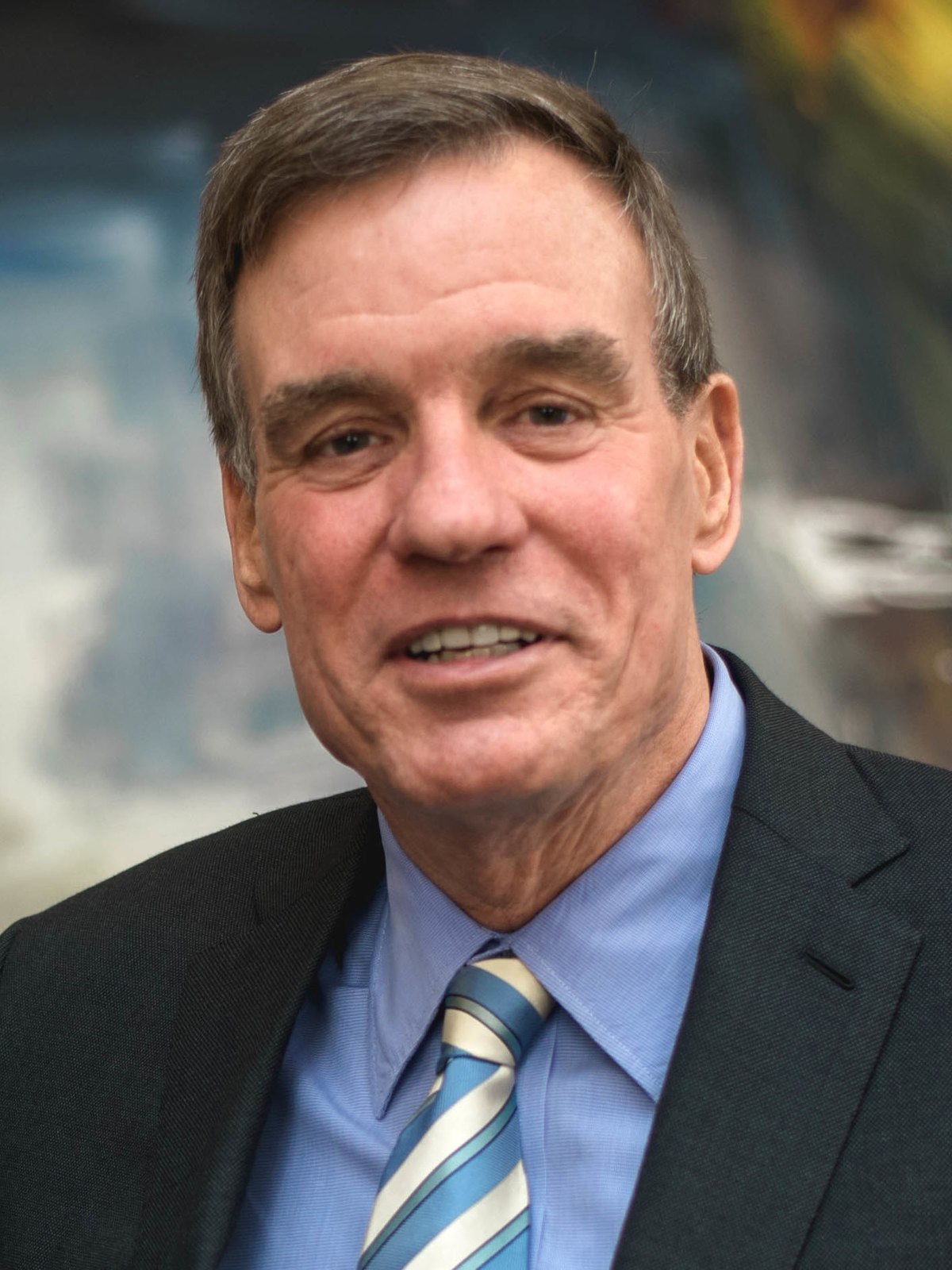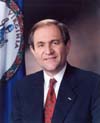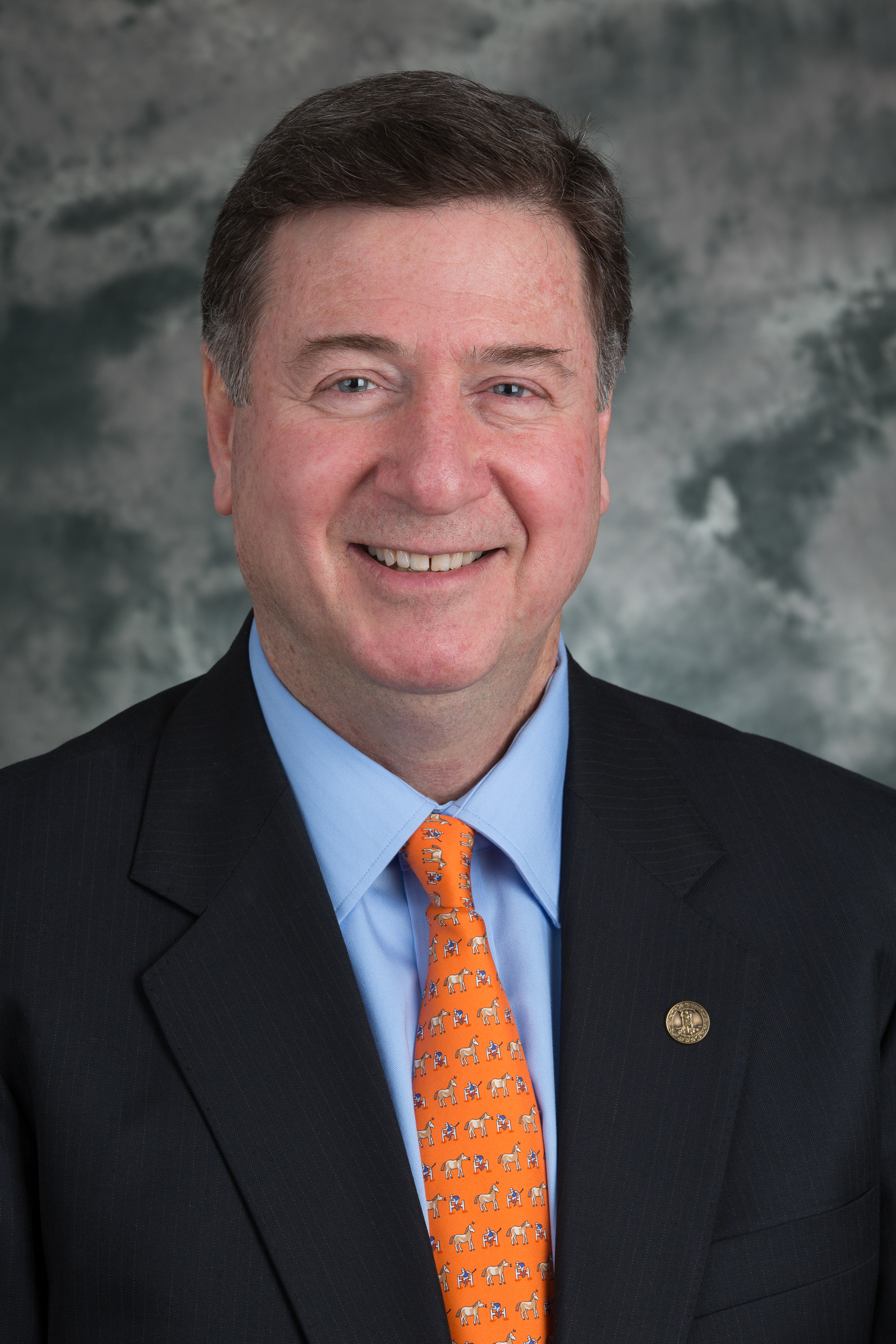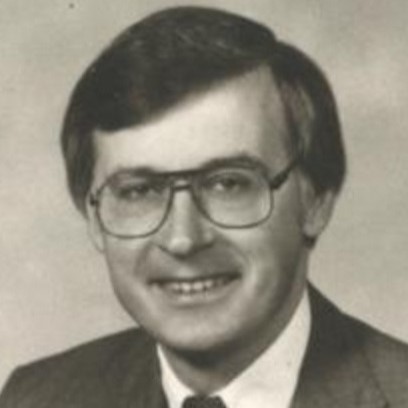Virginia
Gov. William E. Cameron
- January 1, 1882 - January 1, 1886
- Readjuster
- November 22, 1842
- January 25, 1927
- Virginia
- North Carolina Military Institute, Washington College
- Married Louisa Egerton; three children
- Army
About
WILLIAM E. CAMERON was born in Petersburg, Virginia. In 1857 he moved to Hillsboro, North Carolina and attended the North Carolina Military Institute. Three years later, he enrolled at Washington College in St. Louis in preparation for an appointment to the U.S. Military Academy at West Point. The Civil War interrupted his studies, however, and he became a drillmaster for a company of secessionist Minute Men stationed at the outskirts of St. Louis. He was captured and imprisoned by federal troops but escaped and returned to Virginia, where he was assigned to the Petersburg City Guard, a militia contingent that later became part of the Twelfth Virginia Infantry. Cameron was severely wounded in Manassas in August 1862 and later promoted from lieutenant to captain and reassigned to a Mississippi brigade with the Army of Northern Virginia. When the war ended, he studied law and was admitted to the bar in 1866. While studying law he also served as city editor of the Petersburg Daily News. He later helped edit and then purchased an interest in the Petersburg Daily Index, in which he expressed views aligned with Virginia’s new Conservative party, and continued a journalistic career that took him to both the Richmond Whig and the Richmond Enquirer. In 1876 Cameron was elected Mayor of Petersburg, winning reelection to two additional two-year terms. He ran for governor as the “readjuster” candidate—referring to a platform focused on readjustment of the state debt. Soon after being inaugurated, he signed legislation slashing the debt, increasing expenditures for public schools, and financing a variety of public improvements, including the founding of what would later become Virginia State University and the Central State Hospital, both located in or near Petersburg, to serve the needs of black Virginians. Cameron’s party also repealed the poll tax and gave tax relief to farmers. At the same time, Cameron’s manipulation of patronage to appoint allies and remove adversaries sparked backlash. After leaving office, Cameron returned to Petersburg and practiced law. He also served as official historian of the Columbian Exposition in Chicago. Moving to Norfolk in 1906, Cameron joined the staff of the Norfolk Virginian-Pilot, retiring in 1912. He was also author of “History of the World’s Columbian Exposition” (1893) and “The Life and Character of Robert Edward Lee” (1901).
Source
Bearss, Sara B. et al., eds. Dictionary of Virginia Biography, Vol. 2. Richmond: The Library of Virginia, 2001.
Cappon, Lester J. Virginia Newspapers, 1821-1935. D. New York: Appleton-Century Company, 1936.
Henderson, William D. 12th Virginia Infantry (1st Edition). Lynchburg: H.E. Howard, 1984.
Library of Virginia, Virginia Governor, Executive Papers, 1866-1980. State Government Records Collection, Library of Virginia, Richmond, VA 23219.
The National Cyclopaedia of American Biography, Vol. 5. New York: James T. White & Company.
Scott, James G. and Wyatt, Edward A. IV. Petersburg’s Story: A History. Petersburg, VA: 1960.
Sobel, Robert, and John Raimo, eds. Biographical Directory of the Governors of the United States, 1789-1978, Vol. 4. Westport, CT: Meckler Books, 1978. 4 vols
Washington Post, January 26, 1927, p. 2 (obituary).
Washington Post, January 28, 1927, p. 8 (obituary).
Younger, Edward and Moore, James Tice, eds. The Governors of Virginia, 1860-1978. Charlottesville, VA: University Press of Virginia, 1982.


